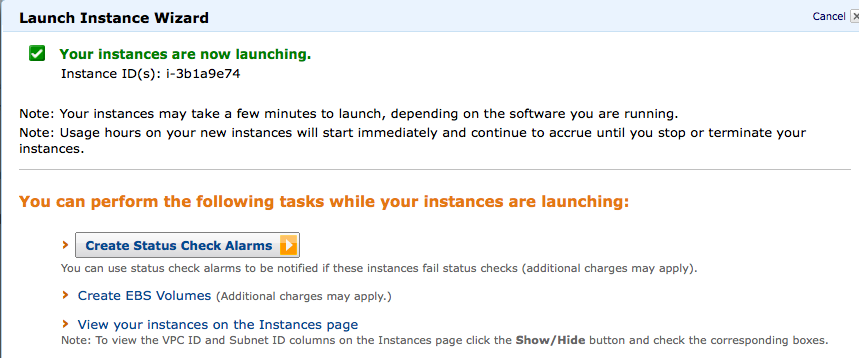This is part of the series which started with Accessing Cardbox without Windows.
By now, you have created your Windows computer in the cloud, started it up for the first time, and found out its IP address. You have got yourself software for connecting to Windows computers via Remote Desktop, and you have started it.
Now you have to set up passwords. This is the last bit of system administration you will have to do.
Logging in as the administrator
Here are your login details:
IP address: The IP address you made a note of earlier
User name: Administrator
Password: CBX44376A
Domain: If you are asked for this, leave it blank
Your Remote Desktop software will connect to your new Windows computer.
(If you get a message saying “The server name on the certificate is incorrect: do you want to connect to this computer anyway?”, press the button saying “Yes” or “Connect”).
In a few seconds you will see your new Windows desktop.
Changing the passwords
Press the Start button, click on “Control Panel” on the right of the box, double-click on User Accounts.
Think of a new password for the Administrator user and write it down. Then pick “Change your password” from the User Accounts window, and enter your new password.
Click on “Manage other accounts”. Delete the user called Admin (and say Yes to deleting its files). Admin is not needed.
Finally, go to the Client account and change its password. The Client account is the one you will use on a day-to-day basis when using Cardbox from your iPad or Mac. You may never need to use the Administrator account again.
And that is that. You can now log out as the administrator (press the Start button and then select Log Off from the menu at the far bottom right-hand corner). You are now ready to log in as Client, and to use Cardbox.
Optional: adding new users
Throughout this series I’ve been talking as if you are the only one to be using this computer to run Cardbox and access your Cardbox Server databases. But you may very well not be. Your work colleagues may want to do the same. In that case you will want to give each of them his own account.
To add a new user, you have to be the administrator. The same Start > Control Panel > User Accounts process you used to change passwords can also be used to add new users. Make sure you give each user a password.
There is one more thing: the users you add must be made part of the Remote Desktop Users group. The command to do this is Start-Administrative Tools-Computer Management-Local Users and Groups-Groups-Remote Desktop Users. Press the Add button, type the user names, click on “Check Names” to check them, and then press OK.





